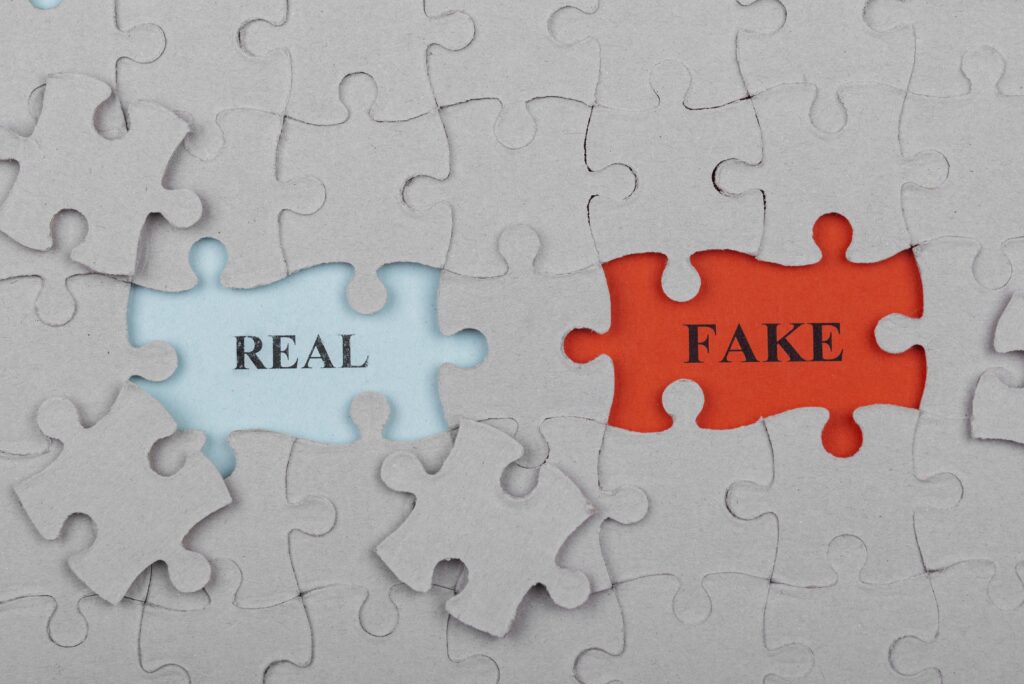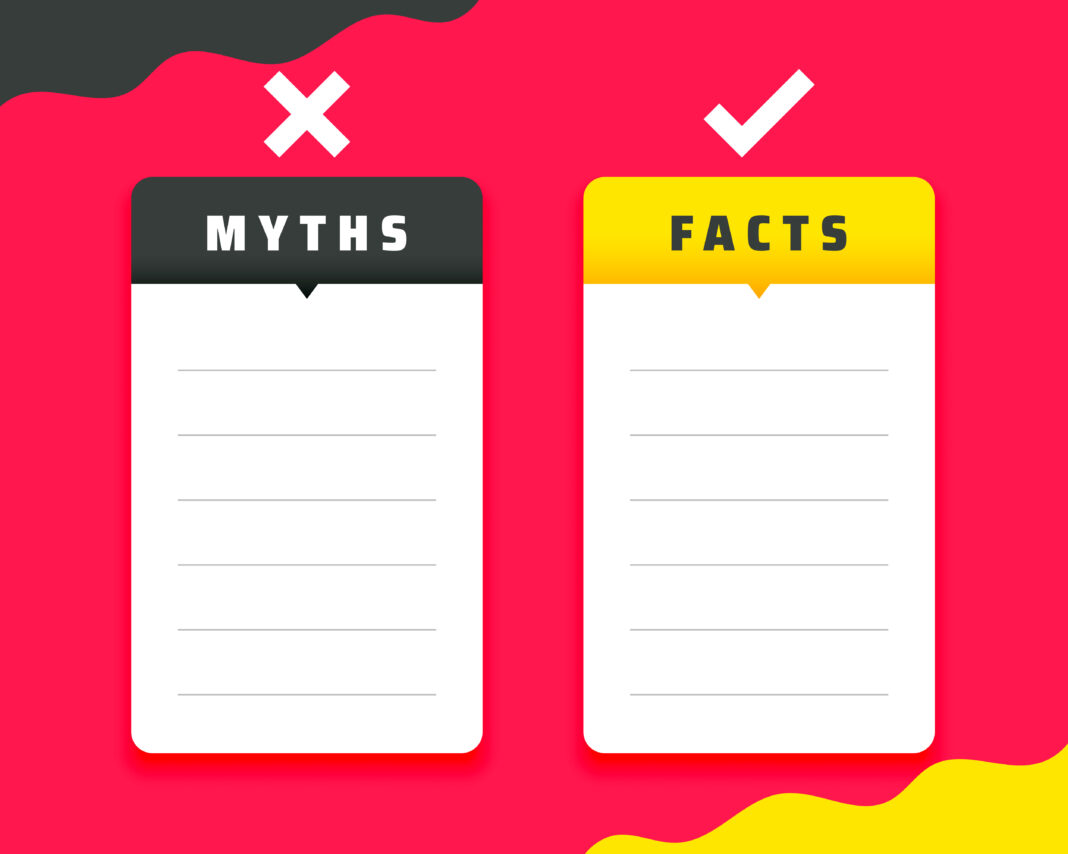Mental health is an integral part of our overall well-being, yet it remains one of the most misunderstood aspects of human health. Despite growing awareness, many myths and misconceptions persist, often preventing people from seeking the help they need. These myths contribute to stigma, discrimination, and unnecessary suffering.

This article aims to dismantle common misconceptions about mental health by presenting well-researched facts, expert opinions, and real-world examples. We will explore why these myths exist, how they impact individuals and society, and what the truth really is. By the end of this guide, you will have a clearer, more accurate understanding of mental health, empowering you to make informed decisions for yourself and others.
Myth 1: Mental Health Problems Are Rare
The Reality: Mental Health Conditions Are Extremely Common
One of the most pervasive myths is that mental health issues only affect a small, marginalized portion of the population. The truth is that mental health conditions are widespread, touching nearly every family, workplace, and community.
Key Statistics on Mental Health Prevalence
- The World Health Organization (WHO) estimates that 1 in 4 people globally will experience a mental health disorder at some point in their lives.
- Depression affects over 264 million people worldwide, making it one of the leading causes of disability.
- Anxiety disorders impact approximately 284 million people, with many cases going undiagnosed.
- Only about 40% of individuals with mental health conditions seek professional help, often due to stigma or lack of access to care.
Why Do People Believe Mental Health Problems Are Rare?
- Stigma and Silence – Many people hide their struggles due to fear of judgment.
- Misrepresentation in Media – Mental illness is often sensationalized or inaccurately portrayed.
- Lack of Awareness – Some symptoms are invisible, making it easy to overlook mental health struggles.
The Consequences of This Myth
- People may feel isolated, believing they are alone in their struggles.
- Employers, schools, and policymakers may underestimate the need for mental health resources.
- Those who need help may delay seeking treatment, worsening their condition.
How to Challenge This Misconception
- Share accurate statistics to highlight how common mental health issues are.
- Encourage open conversations in workplaces, schools, and families.
- Support mental health advocacy groups that promote awareness.
Myth 2: Mental Illness Is a Sign of Weakness
The Reality: Mental Health Conditions Are Medical Issues, Not Character Flaws
A deeply harmful myth is that people with mental health disorders are “weak” or simply “not trying hard enough.” This misconception prevents many from seeking help, fearing they will be judged as inadequate.
The Science Behind Mental Illness
Mental health conditions are influenced by a combination of:
- Biological Factors – Chemical imbalances in the brain (e.g., serotonin, dopamine) play a significant role.
- Genetics – A family history of mental illness increases susceptibility.
- Environmental Triggers – Trauma, chronic stress, and adverse childhood experiences (ACEs) contribute to mental health disorders.
Why This Myth Is Dangerous
- It discourages people from seeking treatment.
- It fosters shame and self-blame.
- It perpetuates the idea that mental illness is a choice rather than a medical condition.
How to Combat This Myth
- Educate others on the biological basis of mental illness.
- Use person-first language (e.g., “a person with schizophrenia” instead of “a schizophrenic”).
- Highlight stories of resilience—many successful people manage mental health conditions while thriving in their careers and personal lives.
Myth 3: Therapy Is Only for “Crazy” People
The Reality: Therapy Benefits Everyone, Not Just Those with Severe Conditions
Therapy is often stigmatized as something only for people in crisis. In reality, therapy is a valuable tool for personal growth, stress management, and improving relationships.
Different Types of Therapy and Their Benefits
- Cognitive Behavioral Therapy (CBT) – Helps individuals reframe negative thought patterns.
- Psychodynamic Therapy – Explores past experiences to understand current behaviors.
- Dialectical Behavior Therapy (DBT) – Teaches emotional regulation and coping skills.
- Group Therapy – Provides peer support and shared experiences.
Who Can Benefit from Therapy?
- Individuals experiencing stress, grief, or life transitions (e.g., divorce, career changes).
- People looking to improve self-esteem or communication skills.
- Those with diagnosed mental health conditions (e.g., depression, PTSD).
Breaking the Stigma Around Therapy
- Normalize therapy by discussing it openly.
- Highlight that even high achievers (CEOs, athletes, artists) use therapy for performance and well-being.
- Correct misconceptions—therapy is not about “being fixed” but about growth and self-awareness.
Myth 4: Medication Is the Only Solution for Mental Illness
The Reality: Treatment Should Be Holistic
While medication can be life-saving for some, it is rarely the only solution. Effective mental health care often includes therapy, lifestyle changes, and social support.
Alternative and Complementary Treatments
- Exercise – Boosts endorphins and reduces anxiety.
- Mindfulness and Meditation – Lowers stress hormones like cortisol.
- Nutrition – A balanced diet supports brain function.
- Sleep Hygiene – Poor sleep exacerbates mental health symptoms.
When Is Medication Necessary?
- For severe conditions (e.g., bipolar disorder, schizophrenia).
- When therapy alone is insufficient for symptom management.
- In cases where brain chemistry requires stabilization.
The Importance of Personalized Treatment
Mental health care should be tailored to the individual. What works for one person may not work for another, so a combination of approaches is often best.
Myth 5: Children Don’t Experience Mental Health Issues
The Reality: Mental Health Conditions Can Begin in Childhood
Many assume that children are “too young” to have mental health problems. However, early signs often appear in childhood, and early intervention is crucial.
Common Childhood Mental Health Disorders
- ADHD (Attention-Deficit/Hyperactivity Disorder) – Affects focus and impulse control.
- Anxiety Disorders – Excessive fear or worry that interferes with daily life.
- Autism Spectrum Disorder (ASD) – Impacts social interaction and communication.
- Depression – Can manifest as irritability or withdrawal in children.
Warning Signs Parents Should Watch For
- Sudden changes in behavior (e.g., aggression, extreme shyness).
- Declining academic performance without a clear cause.
- Physical complaints (stomachaches, headaches) with no medical explanation.
- Social withdrawal or loss of interest in favorite activities.
How to Support a Child’s Mental Health
- Encourage open communication—let them express their feelings without judgment.
- Seek professional evaluation if concerns persist.
- Promote a stigma-free environment at home and school.
FAQ Section
Q1: Can mental health conditions be cured?
Some conditions, like certain forms of depression, can go into long-term remission with proper treatment. Others, such as bipolar disorder or schizophrenia, require lifelong management. Early intervention improves outcomes.
Q2: How can I help a loved one with mental illness?
- Listen without judgment – Offer support, not solutions.
- Encourage professional help – Suggest therapy or a doctor’s visit.
- Educate yourself – Learn about their condition to provide better support.
Q3: Is mental illness preventable?
While not all conditions can be prevented, healthy habits (good sleep, stress management, strong social connections) reduce risk. Early intervention can also stop mild symptoms from worsening.
Conclusion
Mental health is not a niche issue—it affects millions worldwide. By debunking myths and replacing them with facts, we can reduce stigma and encourage more people to seek help. Whether you’re struggling yourself or supporting someone else, understanding the realities of mental health is the first step toward healing.
If you or someone you know needs help, reach out to a mental health professional. You are not alone, and seeking support is a sign of strength, not weakness. Let’s continue to educate, advocate, and create a world where mental health is treated with the same urgency and compassion as physical health.

